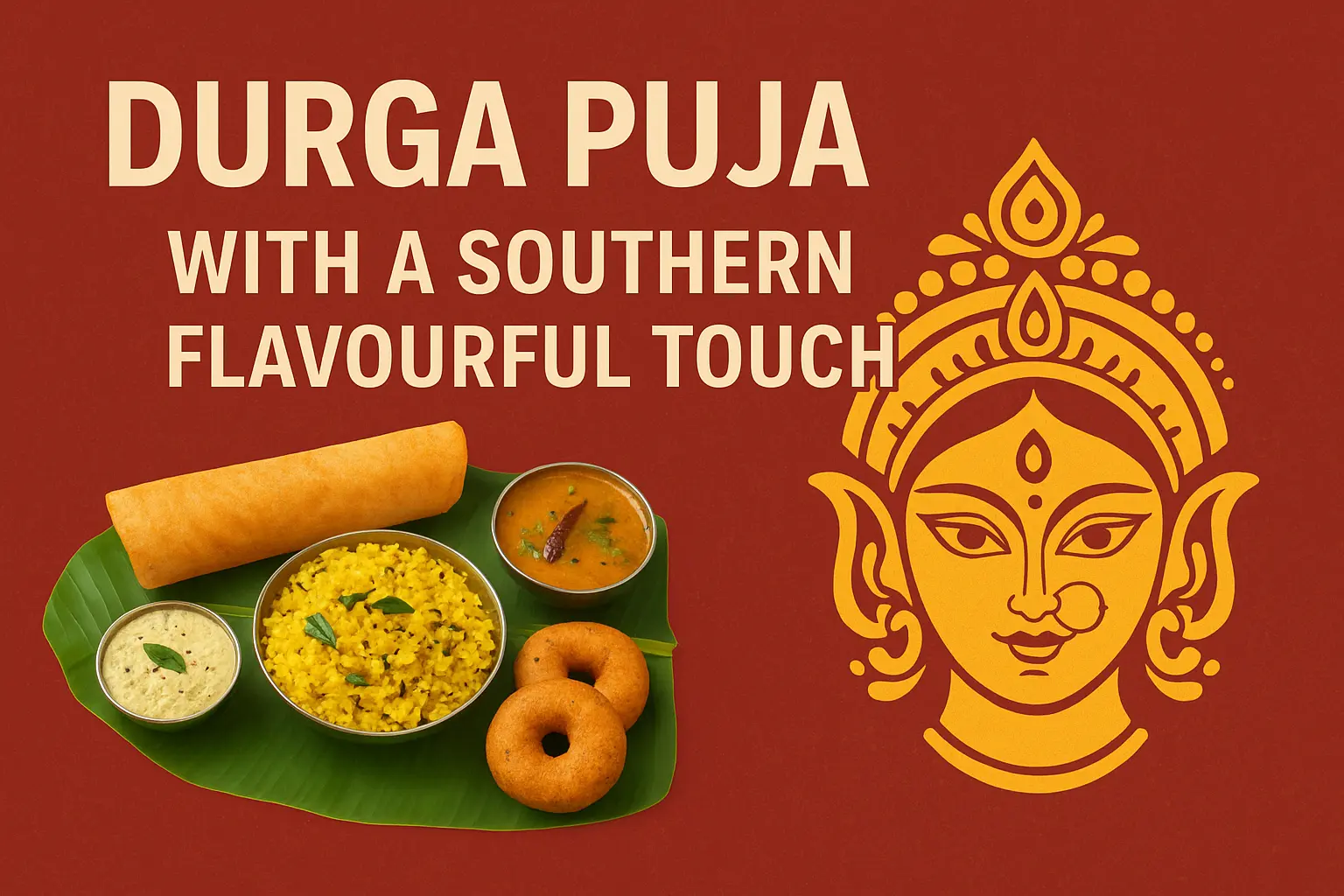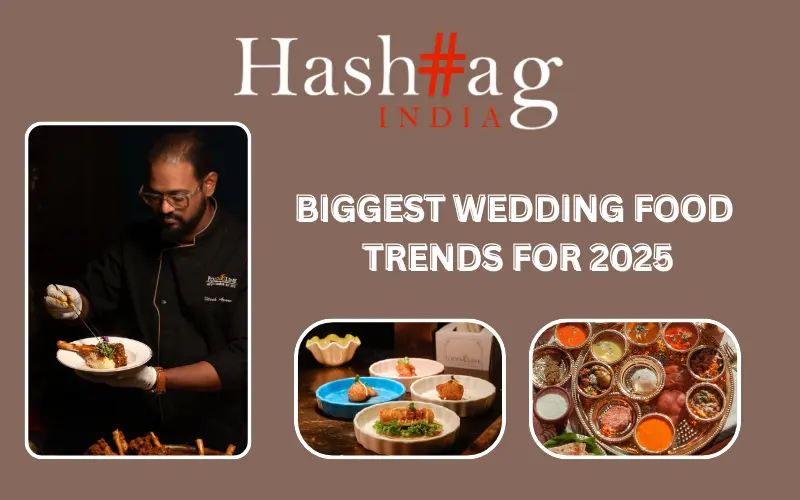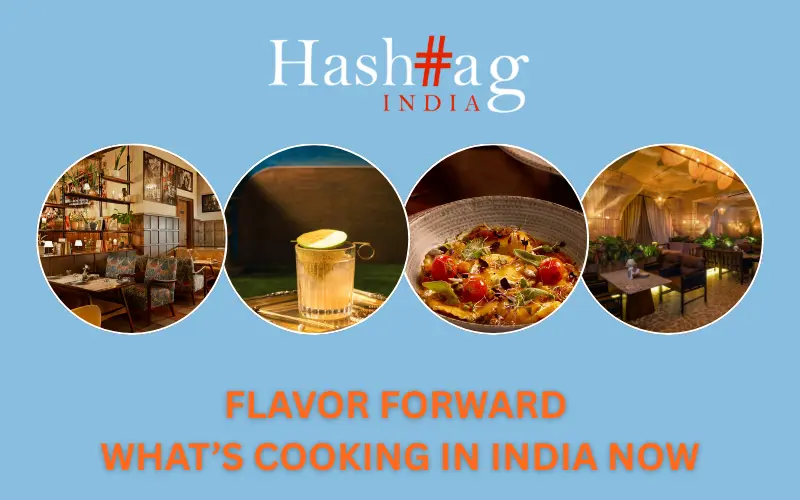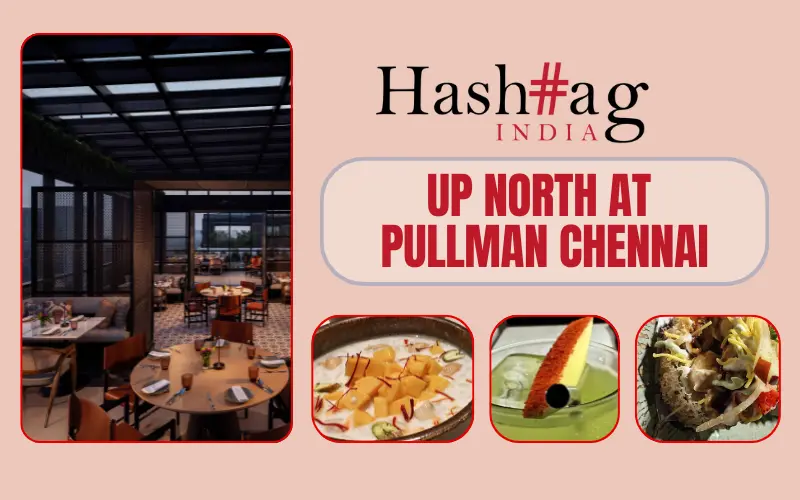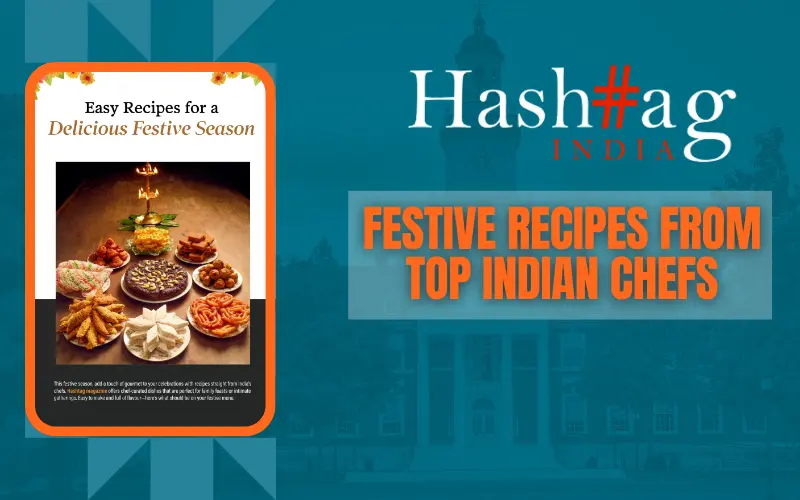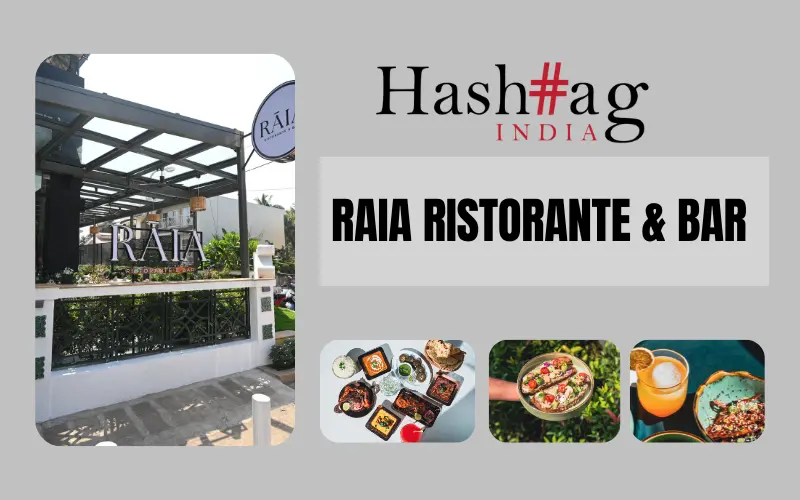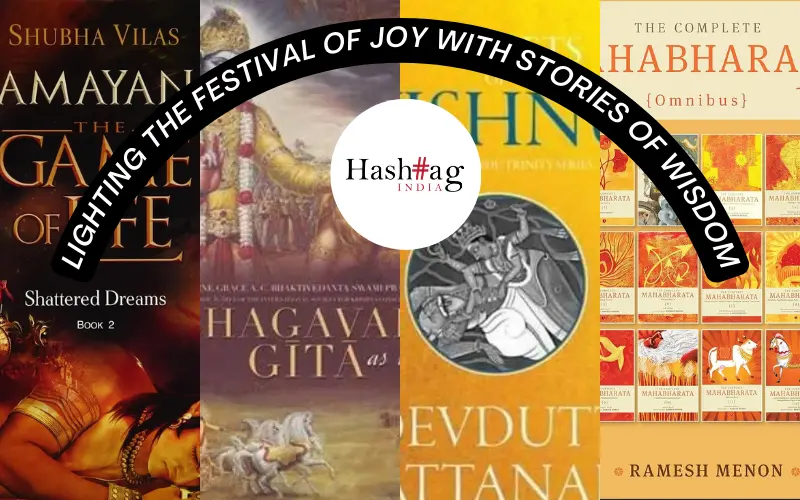
India, a land of diverse cultures and traditions is known for its rich culinary heritage. The country’s temples and holy places not only serve as centres of spiritual devotion but showcase unique culinary traditions. These traditions vary across different regions and are deeply rooted in religious practices and beliefs. Dhanush Kumar explores some of the fascinating culinary traditions found in temples and holy places across India.
Divine Offerings to the Soul: Prasadam

One of the most important culinary traditions in Indian temples is the offering of Prasadam, which is considered sacred and blessed. It is also a term used to describe the food or drink that is first offered to the deity and then distributed among devotees. It is believed that the prasadam will carry the blessings and divine grace of the deity. Each temple has its prasadam recipes, prepared with purity and devotion.
Feeding The Devotees: Annadanam

Annadanam means the act of providing food. It is an important practice in many temples across India. Devotees consider it an honour and a means of seeking blessings to contribute to annadanam. In some temples, elaborate feasts are prepared and served to thousands of devotees daily. These feasts known as Bhandara, often include rice, sambar, rasam, vegetable curries, and sweets.
Offering of 56 Delicacies: Chappan Bhog

Chappan Bhog is a popular tradition associated with Lord Jagannath Temple in Puri, Odisha. It involves 56 different types of food items for the deities. The offerings include traditional dishes like khichdi, kheer, and dalma to unique delicacies such as sweet pancakes, curries, and desserts. The Bhog is prepared with utmost care and is believed to be a symbol of prosperity.
Community Kitchen of Equality: Langar

Langar is a unique tradition that is followed in Sikh gurudwaras across India. It represents the concept of equality and community service. In a langar, anyone, regardless of their caste, creed, or social status, can sit together and enjoy a tasty meal prepared with love. The langar consists of roti, dal, sabzi, and kheer. The work is carried out by volunteers called sevadars who dedicate their time and effort to serve others.
The Tasty and Heavenly Prasadam of Tirupati

The world-famous Tirumala Venkateshwara Temple in Andhra Pradesh is known for its culinary offerings. The divine offerings of this temple hold great significance and are believed to be good fortune and blessings to devotees. The laddus offered as prasadam in Tirupati are very famous. These delicious sweets are made with a combination of gram flour, sugar, and ghee.
Conclusion
The culinary traditions of temples and holy places in India offer insight into the country’s rich cultural heritage. These traditions provide nourishment to the body and soul.

